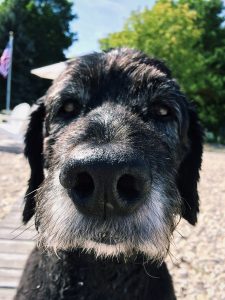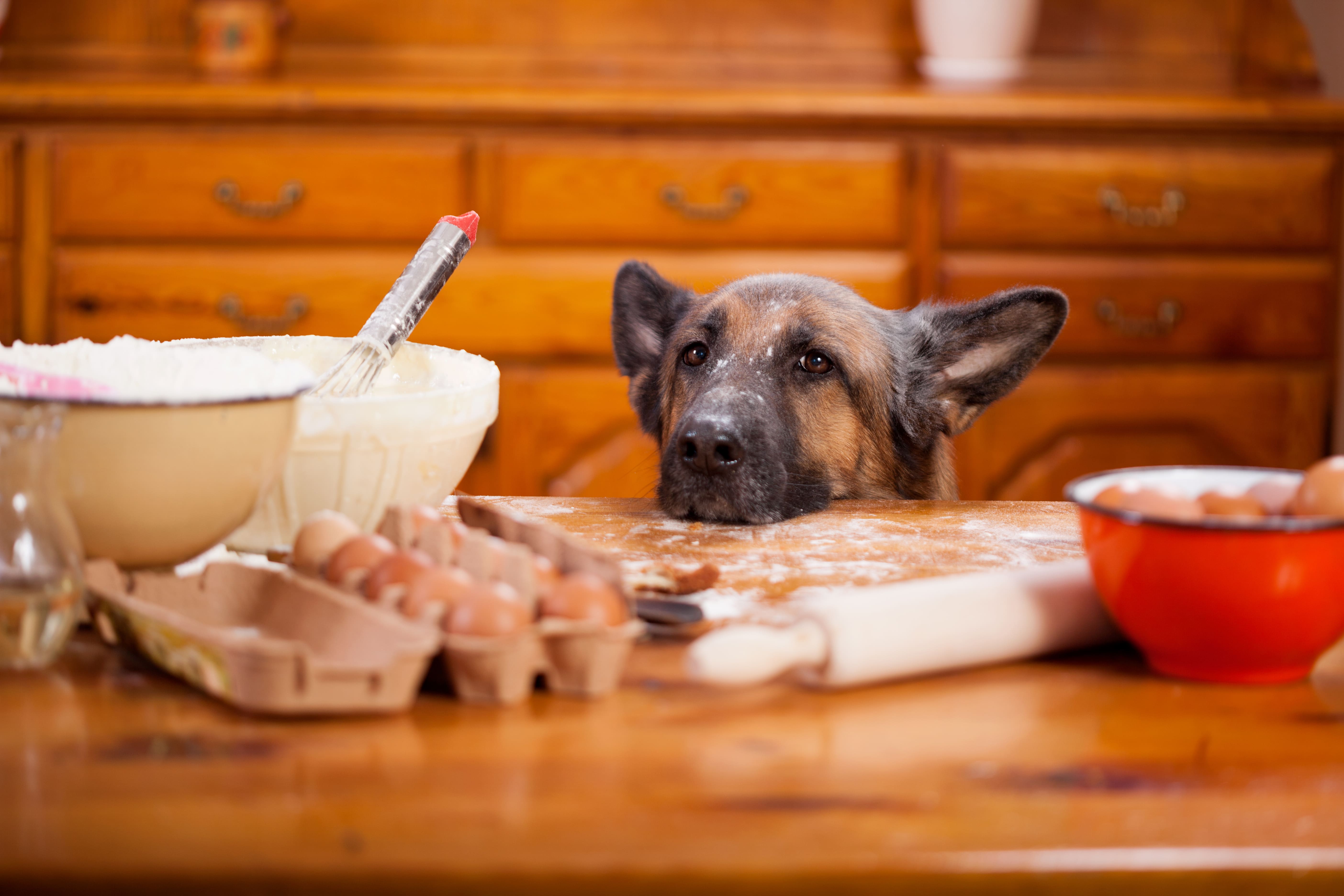8 Ways to Make Life Easier for Your Senior Dog

As your dog gets older, you will likely notice a number of physical and mental changes taking place. These can be sad to see, and they also mean that your senior dog will start to struggle with regular daily activities.
Want to make your pooch's life a little easier?
Here are eight ways you can do so:
1. MEAL ADJUSTMENTS FOR A SENIOR DOG
You may have noticed that there are several commercial dog foods out there that are marketed towards senior dogs, and this is because senior dogs have different dietary requirements to younger pups.
Generally, a senior dog will require:
- Fewer calories
- Less protein
- Less fat
- More fiber
You can either purchase a pre-prepared food, or make your dog's food yourself, following those above guidelines.
Try to also add in plenty of fresh foods, from fruits and vegetables to oily fish and eggs, as all of these will help your pooch's body to adjust to the changes that it is experiencing. Supplements, from vitamin C to kelp powder, can also be useful.
2. A SAFE AND QUIET DEN
As your senior dog begins to experience cognitive decline, your dog will often end up feeling overwhelmed by noises, people or frantic activity.
Ideally, your senior dog should have a safe and quiet space in your home where he can go and rest whenever things get a little too much.
Make sure that this space is comfortable and easily accessible, so that you can frequently check in on your dog and make sure that everything is okay.
Keeping this space warm is also important. A senior dog will likely have stiff joints, and keeping your dog warm can definitely help to ease this pain.
3. COMFORTABLE BEDDING
As arthritis and stiff joints start to kick in, your senior dog will have a much harder time getting comfy.
Make this easier for your pooch by providing comfortable and quality bedding. An orthopaedic memory foam mattress is something that your dog will definitely appreciate. It will provide support for your pooch's joints, and make it easier for your senior dog to lie down, as well as get back up.
4. BE AWARE OF FAILING VISION
It is common for an older dog's vision to get poorer, and this is something that you really need to be aware of.
How will you be able to tell if your senior dog's eyesight is starting to decline?
Common symptoms include:
- Bumping into walls and furniture
- Not making eye contact
- Not being able to easily locate toys, food, or other items
- Anxiety
- Clingy behavior
Don't worry, there are ways for you to help!
Make sure that you keep the layout of your house the same. This prevents confusion and will keep your dog from bumping into these new obstacles.
Keeping a night-light on is a good way to help your dog navigate the house in the dark.
It can also help to reinforce some of your dog's training at this point, adding in a few extra commands. Try teaching your dog directions, such as left or right, as well as the word stop. If your dog's eyesight starts to decline even further, at least you will have a way to guide your pooch and communicate better.
5. DOGGY RAMPS AND STEPS
Is your dog used to sleeping on furniture?
Whether this may be your bed, your sofa, or anywhere else, your senior dog will soon find it much harder to jump up onto these familiar items.
Yes, you can always pick your dog up and place him on the sofa or bed yourself, but your dog will really appreciate the extra freedom of being able to continue doing this on his own.
All you need are some doggy steps, or a doggy ramp.
You can either purchase some, with there being many options available online, or make some yourself.
Place these around your house by the sofa and the bed, and then teach your dog how to use them.
6. STAY ACTIVE
Your dog will start to slow down as the years go on, but it is important that you encourage your dog to stay active.
Why?
Because exercise keeps the joints lubricated, while maintaining muscle mass. This is so important when it comes to keeping your dog healthy and fit overall.
Of course, this doesn't mean that your senior dog needs to be running miles every day...
A short, leisurely stroll may be all that your dog needs. It may not seem like much, but the movement will still really help.
You can also practice different range-of-motion exercises with your senior dog at home. Physically moving your dog's arms and legs around can help to prevent the joint fluid within them from becoming too stiff.
7. KEEP YOUR SENIOR DOG AT A HEALTHY WEIGHT
When dogs slow down and stop exercising as much, many of them end up piling on the pounds.
This is something that you definitely need to avoid, especially with a senior dog.
Why?
Because the extra weight will exacerbate arthritis. It will make it much harder for your dog to stand up and move about, simply due to the extra weight that now needs to be carried.
Being overweight can also lead to a number of health issues for your pooch, such as:
- Diabetes
- Heart disease
- Respiratory diseases
- Kidney disease
- Cancer
You will likely need to adjust the amount of food, as well as treats, that you are feeding your dog as your dog ages.
8. BRING YOUR DOG HAPPINESS
Your senior dog will need plenty of love and support as life gets harder.
Find ways to make life more enjoyable for your senior pup.
How?
Think about the activities that your dog likes to do...
Anything from a car ride to a few extra belly rubs to a stuffed Kong treat could really make your dog's day.
Your senior dog deserves to be treated well, especially once life starts to get a little harder. You no doubt want to keep your senior dog as happy and healthy as possible, and these eight tips are a great place to start.





